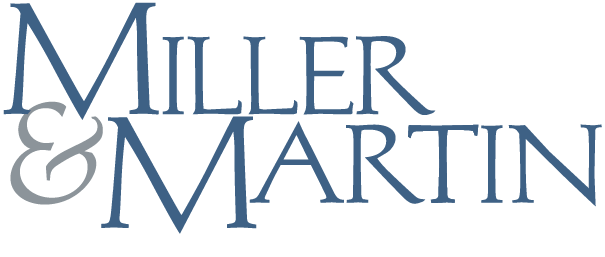Understanding the Multi-Employer Worksite (Part 1)
Miller & Martin PLLC Blog | June 14, 2018
More and more often, employers are involved in multi-employer Worksites and subject to OSHA inspections. Multi-employer Worksites can pose a number of safety concerns, and understanding OSHA’s policy regarding inspections on multi-employer worksites can be complicated. In this post as well as the next five, I will endeavor to provide some clarity and simplicity into the multi-employer worksite. Part 1 will focus on defining the multi-employer worksite and the policy OSHA uses to inspect a multi-employer worksite. Parts 2 through 5 will each address one of the types of employers on the multi-employer worksite and that employer’s potential exposure for hazards. Let’s begin.
In its simplest form, a multi-employer worksite is one where there is more than one employer involved in a worksite. Any hazardous condition violating an OSHA standard existing on the worksite causes potential liability to each and every employer on the worksite.
If a hazard is found, OSHA follows a two-step process to determine whether one or more employers can be cited for the hazard violating the OSHA standard.
OSHA will first categorize all the employers into (1) creating (2) exposing (3) correcting and (4) controlling employers. The subsequent posts will go into more detail regarding each one of these employers. But note that an employer can fall into multiple categories.
Once the employer is categorized into one or more of the above employer categories, OSHA must determine what safety obligations the employer has under that category, as well as analyze the employer’s actions to determine whether they were sufficient to meet its safety obligations.
Understanding how you as an employer can be designated during an OSHA inspection provides considerable insight into your obligations and potential liability for hazardous conditions that exist on the worksite violating OSHA standards.
Tags: OSHA, Multi-Employer Worksite, Hazard Investigation, Creating Employer, Exposing Employers, Correcting Employers, Controlling Employers

